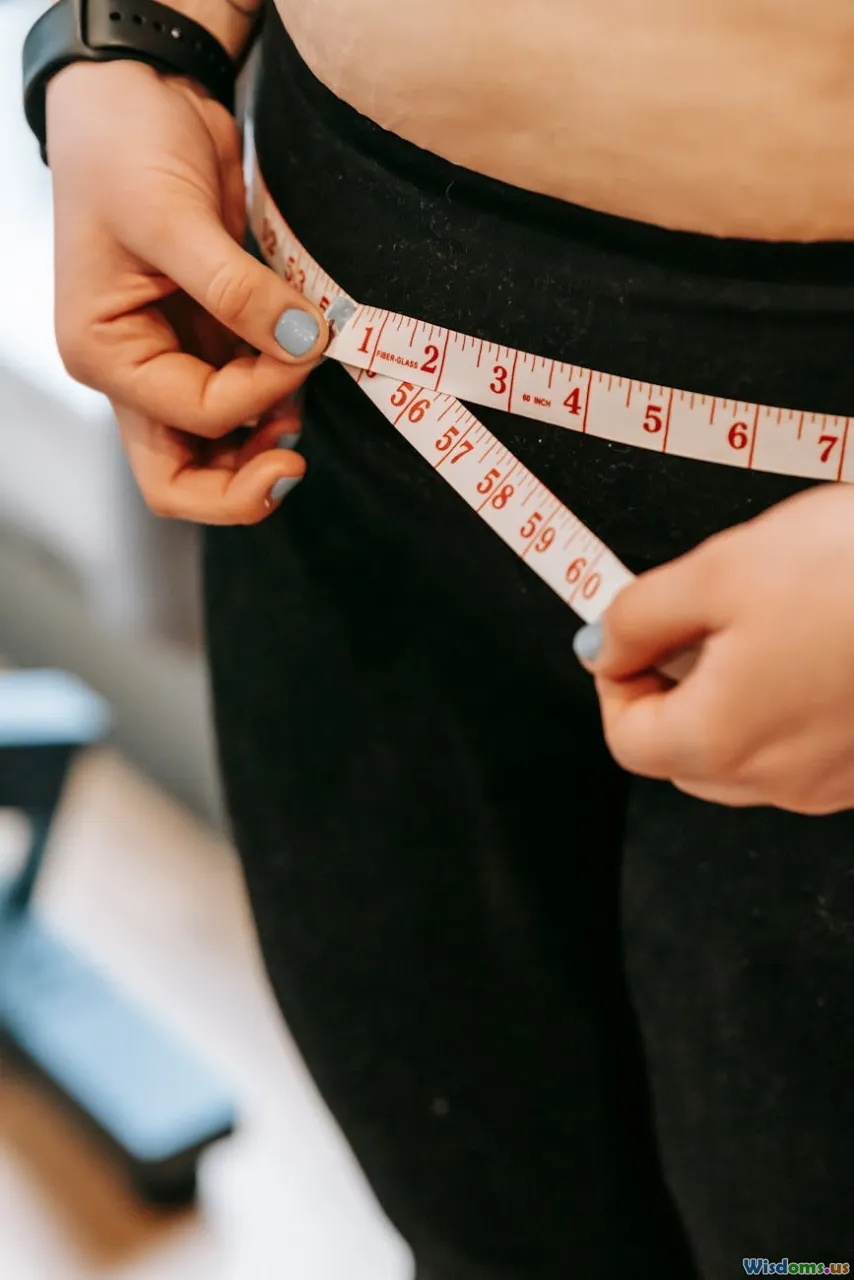
Creating an Exercise Routine That Works
10 min read Learn how to create a sustainable and effective exercise routine tailored to your lifestyle in this comprehensive guide. (0 Reviews)
Creating an Exercise Routine That Works
Crafting an exercise routine that works effectively requires not only a good understanding of fitness science but also personal commitment and creativity. As the fitness industry evolves, many find themselves overwhelmed by the endless options available. In this guide, we delve into creating a manageable yet impactful workout schedule, setting realistic goals, and maintaining motivation throughout your journey to improved health and performance.
The Importance of Exercise
Exercise plays a critical role in enhancing physical and mental health. According to the World Health Organization, 1 in 4 adults do not meet the recommended physical activity levels. This lack of activity can lead to chronic diseases such as obesity, diabetes, and cardiovascular ailments. Conversely, regular physical activity improves not only physical abilities but mental wellbeing, stress management, and overall quality of life.
Understanding Your Fitness Levels
Before embarking on your exercise journey, it’s crucial to assess your current fitness levels. Self-assessment helps tailor a routine that suits your individual needs. Here are some ways to evaluate your fitness:
- Physical Capability Evaluation: Assess your endurance, strength, flexibility, and balance. Simple activities such as timed walks, push-ups, and stretches can help gauge your current abilities.
- Consult a Professional: If possible, get a fitness expert or physiotherapist to perform a detailed assessment. They can provide strong insights and create personalized workout plans.
- Online Resources: Utilize online platforms that offer fitness testing, like 5K running tests or flexibility assessments. Websites such as the American College of Sports Medicine (ACSM) provide guidance on how to measure various aspects of fitness effectively.
Example: Strength Assessment
For strength evaluation, one could perform a bodyweight squat exercise. Count the number of squats completed in one minute. Based on the total, you can find levels from beginner to advanced categorized in ACSM resources.
Setting Realistic Goals
Once you understand your starting point, the next step is establishing clear and achievable fitness goals. SMART goals are specific, measurable, achievable, relevant, and time-bound. Here’s how to create them:
- Specific: Instead of saying, “I want to get fit,” specify what that means. For instance, “I want to lose 10 pounds.”
- Measurable: Keep track of your progress. Use tools like fitness apps or journals to monitor your workouts.
- Achievable: Ensure that your goals are realistic given your current lifestyle, work schedule, and commitments.
- Relevant: Your fitness aspirations should align with your overall health objectives. For instance, if you are training for a marathon, running goals are relevant.
- Time-bound: Create a timeline to achieve your goals. This gives you a clear endpoint and a reason to stay focused.
Example: Setting a SMART Goal
Instead of a vague aim like “I will exercise more,” a specific goal could be: “I will jog for 20 minutes every Monday, Wednesday, and Friday for the next month.” This transforms the objective into actionable steps that you can follow.
Selecting Your Preferred Exercises
Exercise enjoyment is key to maintaining any routine. Finding activities you love can make all the difference. Here are some categories of exercises to consider:
1. Cardiovascular Activities
Incorporate high or low impact exercises to increase heart rate. Examples include:
- Running or Walking: Souls searching for endorphins often enjoy outdoor runs.
- Cycling: This can be an exhilarating outdoor activity, and it's also easy on the joints.
- Swimming: A great full-body workout that is also easier on your body.
2. Strength Training
Working with resistance (like dumbbells or bodyweight exercises) is essential. Some popular options:
- Weightlifting: Usually involves using free weights or machines tailored to target body parts.
- Bodyweight Training: Exercises like push-ups and squats do not require equipment but are highly effective.
- Resistance Bands: Great alternatives with flexibility and utility for all fitness levels.
3. Flexibility and Balance
Integrating stretching or yoga helps increase flexibility and prevent injuries. Consider:
- Yoga Classes: Increase core strength while enhancing flexibility and balance.
- Pilates: Known for muscle control and spinal alignment improvements.
Structuring Your Routine
Based on the types of exercises you enjoy, structure your weekly routine. Many fitness experts recommend aiming for:
- At least 150 minutes of moderate-intensity aerobic exercise per week, or 75 minutes of vigorous exercise,
- Two or more days of strength-training activities, working all major muscle groups.
- Incorporating flexibility and balance exercises at least twice a week.
Sample Weekly Exercise Routine:
| Day | Activity |
|---|---|
| Monday | Jogging (30 minutes) + Stretching |
| Tuesday | Weight Training (Upper Body) |
| Wednesday | Cycling (45 minutes) |
| Thursday | Weight Training (Lower Body) |
| Friday | Yoga Session (1 hour) |
| Saturday | Hiking (1-2 hours) |
| Sunday | Rest & Recovery |
Staying Motivated
Implementing an exercise routine is one thing; maintaining it is another. Here are strategies to help you stay motivated:
- Join a Class or Group: Connecting with others keeps the experience enjoyable and fosters accountability.
- Track Your Progress: Measuring improvements in strength or endurance can create a sense of accomplishment.
- Set Mini-Challenges or Gamify Your Workouts: Create personal challenges such as “I will increase my push-up count by 5 by next month.”
- Reward Yourself: Celebrate milestones with non-food rewards. Buy new workout gear or treat yourself to a massage.
Quote for Inspiration
Dr. Jim Wainwright, a noted sports psychologist, states, “Motivation is key; if you love what you do, you won’t need significant extrinsic rewards to keep going. Also, remember that progress outshines perfection.”
Modifying Your Routine
As you progress and your body adjusts, revisit your exercise plan. Your regimen might require tweaks or adjustments based on:
- Fitness Advances: As you become stronger, gradually increase weight or intensity.
- Lifestyle Changes: Adapt your routine in response to new obligations.
- Breakthroughs or New Interests: If you find enjoyment in a sport or activity, incorporate it into your routine.
Conclusion
Creating an effective exercise routine is a personal journey based on your unique capacities and lifestyle. By assessing your fitness levels, setting realistic goals, finding enjoyable activities, structuring your routine, and maintaining your motivation, you pave the way toward a lively, health-focused life. Remember that the key is consistency and gradual improvement; every bit of progress counts toward your ultimate health and wellbeing.
Stay committed, and enjoy the journey!
Rate the Post
User Reviews
Popular Posts





















